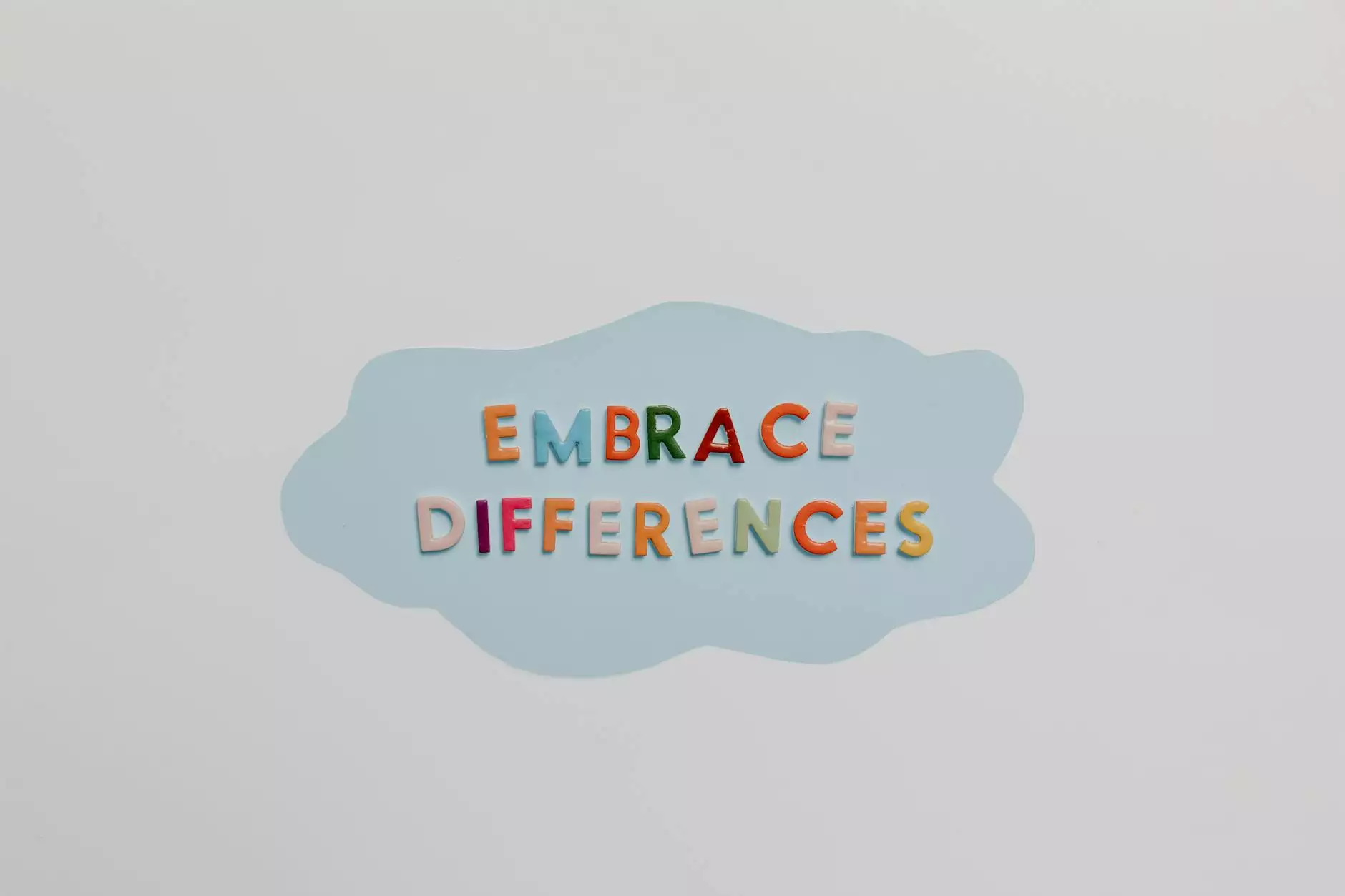Welcome to Fountain of Hope

Elements in IEP Transition Planning
As a leading organization in the field of community and society, specifically faith and beliefs, Fountain of Hope is dedicated to supporting individuals with disabilities in their journey towards a successful future. In this article, we will explore the essential elements of Individualized Education Program (IEP) transition planning, and how it plays a crucial role in preparing students for post-secondary education and employment opportunities.
What is IEP Transition Planning?
IEP transition planning is a process designed to help students with disabilities smoothly transition from their high school education to the world beyond. It focuses on setting goals and providing the necessary support to ensure students can thrive in post-secondary education and employment environments.
The Key Elements of IEP Transition Planning
1. Assessment: The first step in IEP transition planning is assessing the student's strengths, weaknesses, interests, and preferences. This evaluation helps identify areas of focus and tailor the transition plan accordingly.
2. Goal Setting: Setting clear and measurable goals is crucial in IEP transition planning. Goals should be individualized and relevant to the student's desired post-secondary outcomes. Whether it's pursuing higher education, vocational training, or employment, the goals should align with the student's aspirations.
3. Education and Training: Providing the necessary academic and vocational training is an integral part of IEP transition planning. This may include courses, internships, apprenticeships, or specialized programs that align with the student's career aspirations.
4. Support Services: Students with disabilities often require additional support services to succeed in their transition. These services may include counseling, assistive technology, accommodations, and mentorship programs. The IEP transition plan should outline the specific support services tailored to each student's needs.
5. Collaboration: Successful IEP transition planning requires collaboration between the student, parents/guardians, educators, and community organizations. Regular meetings and open communication ensure everyone is aligned and working towards the student's best interests.
6. Self-Advocacy: Empowering students to become self-advocates is a vital element of IEP transition planning. Teaching self-advocacy skills, such as effective communication, problem-solving, and decision-making, prepares students to navigate future challenges independently.
Why IEP Transition Planning is Important
IEP transition planning plays a pivotal role in supporting students with disabilities to achieve their full potential. Here are some key reasons why it is important:
- Smooth Transition: A well-executed IEP transition plan ensures a smooth and seamless transition from high school to post-secondary education or the workplace. It minimizes disruptions and maximizes the student's chances of success.
- Personalized Approach: Each student is unique, and IEP transition planning recognizes this by providing individualized support tailored to their specific needs, interests, and goals.
- Empowerment: By involving students in the transition planning process, IEP empowers them to take ownership of their education and future. It fosters self-confidence and helps students develop crucial life skills necessary for independent living.
- Accessibility: IEP transition planning ensures that students with disabilities have equal access to higher education and employment opportunities. It promotes inclusivity and helps break down barriers that may prevent individuals from reaching their full potential.
- Long-Term Success: Properly executed IEP transition planning sets students up for long-term success. By providing the necessary support, resources, and guidance during the transition period, students are better equipped to overcome challenges and thrive in their chosen paths.
Conclusion
In summary, IEP transition planning is a holistic approach that aims to support students with disabilities in their transition from high school to post-secondary education and employment. At Fountain of Hope, we understand the nuances of this process and the importance of providing comprehensive assistance to individuals with diverse needs. By focusing on the key elements of assessment, goal setting, education and training, support services, collaboration, and self-advocacy, we help pave the way for a successful and fulfilling future for students with disabilities. Contact us today to learn more about our IEP transition planning services and how we can support you or your loved one on this transformative journey.



